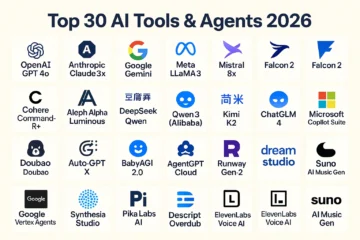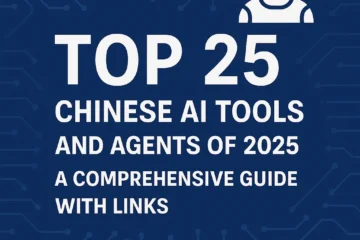
AI Watermarking in 2025: Tools, Techniques, and Challenges
AI Watermarking in 2025: Tools, Techniques, and Challenges
Key Points
- Research suggests AI watermarking helps verify AI-generated content, but effectiveness varies by media type.
- It seems likely that tools like IMATAG and Truepic are popular for images, while WaterBench is used for text.
- The evidence leans toward challenges like easy watermark removal, especially in text, with ongoing research for solutions.
- Unexpected detail: Recent EU regulations, like the AI Act, now mandate watermarking, impacting compliance needs.
Introduction
AI watermarking is a technique to embed signals into AI-generated content, such as images, text, or audio, to identify its origin. This is crucial in an era of deepfakes, where distinguishing AI from human content helps combat misinformation and protect intellectual property. The process can involve visible marks, like colored blocks in DALL-E 2 images, or invisible ones detectable only by algorithms.
Types and Applications
Watermarks can be visible or invisible and applied during or after content creation. For images, tools like Nightshade and Photoguard alter content to prevent AI processing, while IMATAG and Truepic focus on output watermarking. Text watermarking, more complex due to discrete words, uses methods like modifying word choice probabilities, with WaterBench as a benchmark. Audio watermarking, like AudioSeal, embeds imperceptible frequencies.
Challenges and Future
Challenges include easy removal of watermarks, especially in text, and false positives in detection. Recent developments, such as Google’s SynthID for text and video, and Meta’s AI systems for images, show progress. However, the EU AI Act now requires watermarking, adding compliance pressures. Future research aims for more robust, undetectable methods.
Comprehensive Analysis of AI Watermarking
Introduction and Background
In the digital age, the proliferation of AI-generated content, including deepfakes like the Taylor Swift images or Tom Hanks videos, has heightened the need for authenticity verification. AI watermarking, a method to embed unique signals into AI outputs, is pivotal in distinguishing these from human-created content. This survey explores the types, tools, applications, and challenges of AI watermarking, drawing from recent research as of March 5, 2025.
The original blog post, “AI Watermarking 101: Tools and Techniques” from Hugging Face, published on February 26, 2024, provides a foundational overview. It discusses visible watermarks, like DALL-E 2’s colored blocks, and invisible ones, with methods applied during or after content creation.
Types of Watermarks
- Visible Watermarks: Easily noticeable, often used for ownership, such as DALL-E 2’s five colored blocks, seen on Instagram.
- Invisible Watermarks: Imperceptible to humans, detectable by algorithms, used for subtle authentication, as seen in IMATAG‘s offerings.
- During Content Creation: Embedded in the AI model’s generation process, ensuring robustness, as with OpenAI’s DALL-E 3 updates (OpenAI Update).
- After Content Creation: Applied post-generation, useful for closed-source models, though less robust (TechTarget).
Applications Across Media
Images
Image watermarking includes tools like Nightshade and Photoguard to prevent AI processing, while IMATAG and Truepic offer output solutions. Recent tools include SynthID by Meta (IEEE Spectrum).
Text
Text watermarking modifies word choice probabilities, with WaterBench benchmarking effectiveness. Google’s SynthID Text (TechCrunch) addresses detection challenges.
Audio
Audio watermarking, like AudioSeal, embeds imperceptible frequencies, balancing detection and quality (arXiv).
Latest Developments and Tools
Recent advancements include Meta’s image watermarking (IEEE Spectrum), Google’s SynthID for video (DeepMind Blog), and EU AI Act mandates (EU AI Act Update).
Challenges and Future Directions
Challenges include watermark removal (EFF) and false positives (RAND). Future research focuses on robust solutions (Brookings).
Conclusion
AI watermarking combats disinformation and protects intellectual property, with evolving tools and regulatory pressures shaping its future.







